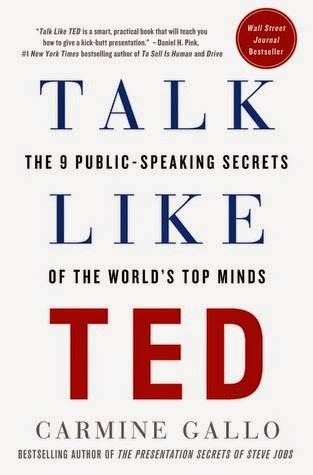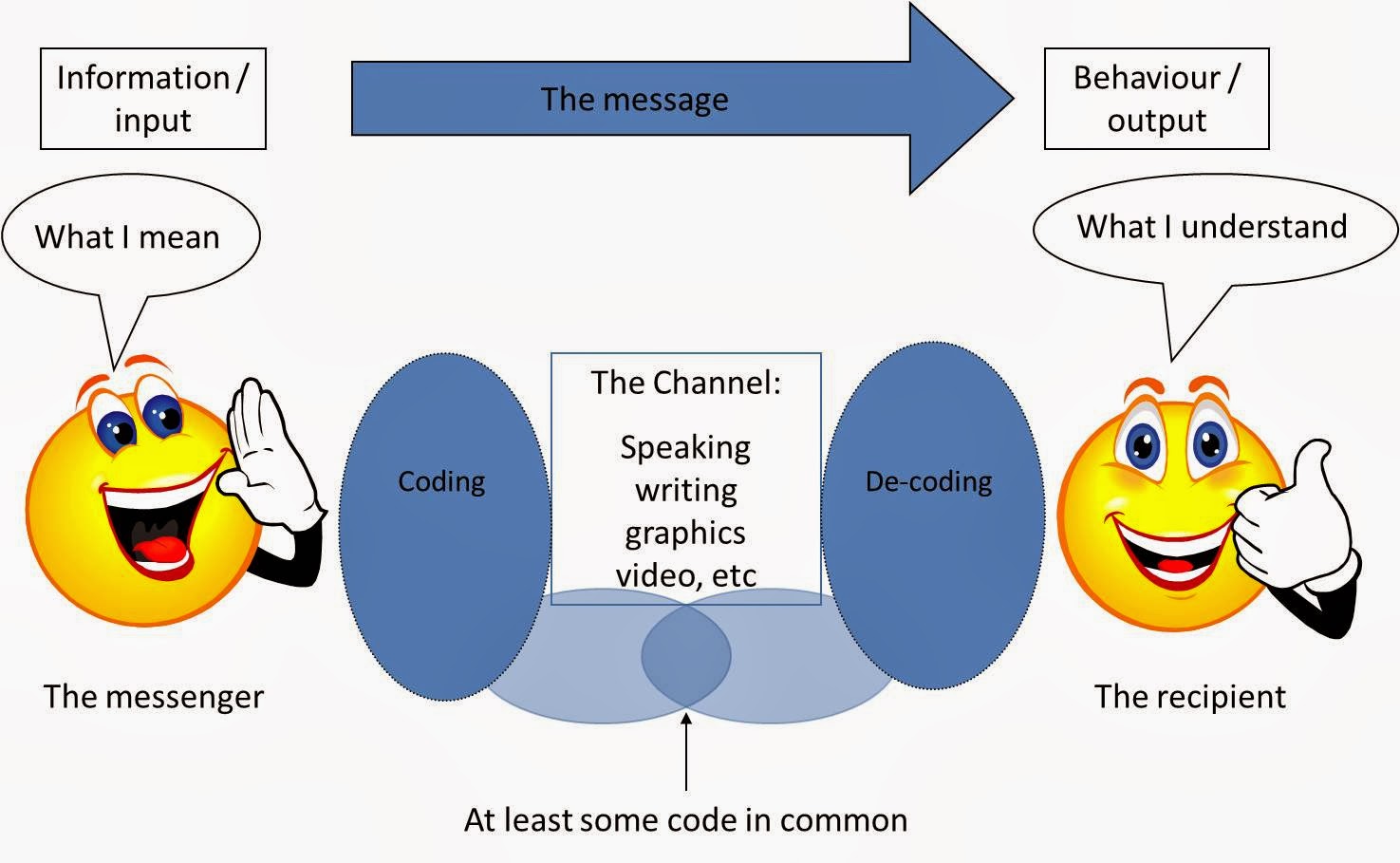9 Public-Speaking Lessons From The World's Greatest TED Talks
Depending on your perspective, 2006 was either a really bad year for public speaking or the start of a world-changing transformation. In that year the famous TED conference began streaming 18-minute presentations from the world’s top minds for free. Today TED talks are viewed more than two million times a day and, in my opinion, they have become the gold standard in public speaking and presentation skills. It also means that, like it or your not, your next presentation will be compared to a TED talk.
After analyzing 500 of the best TED talks, interviewing speakers whose TED presentations have been viewed nearly 20 million times, and pouring over research by leading neuro-scientists, I’ve reached the conclusion that the human brain is wired to love the TED style. People simply can’t get enough of TED talks because they are truly addictive.
The good news—having to raise your game to the TED-style is not a bad thing. In fact, adopting the techniques that have brought some TED speakers global acclaim will make it much more likely that you will persuade your audience to act on your ideas. I’ve identified 9 common elements to all TED talks and each of these are scientifically proven to increase the likelihood that your pitch or presentation will be successful, whether you’re pitching to one person or speaking to thousands.
- Unleash the master within.Passion leads to mastery and mastery forms the foundation of an extraordinary presentation. You cannot inspire others unless you are inspired yourself. You stand a much greater chance of persuading and inspiring your listeners if you express an enthusiastic, passionate, and meaningful connection to your topic.
- Tell three stories. Tell stories to reach people’s hearts and minds. Brain scans reveal that stories stimulate and engage the human brain, helping the speaker connect with the audience and making it much more likely that the audience will agree with the speaker’s point of view. Recently I wrote this columnabout Facebook COO Sheryl Sandberg. Her original TED talk was going to be “chock full of facts and figures, and nothing personal.” Instead she told three stories and ignited a movement. Stories connect us. Tell more of them.
- Practice relentlessly. Harvard brain researcher Dr. Jill Bolte-Taylor had this “stroke of insight” that has been viewed 15 million times on TED.com. Dr. Jill rehearsed her presentation 200 times before she delivered it live. Practice relentlessly and internalize your content so that you can deliver the presentation as comfortably as having a conversation with a close friend.
- Teach your audience something new. The human brain loves novelty. An unfamiliar, unusual, or unexpected element in a presentation jolts the audience out of their preconceived notions, and quickly gives them a new way of looking at the world. Robert Ballard is an explorer who discovered Titanic in 1985. He told me, “Your mission in any presentation is to inform, educate, and inspire. You can only inspire when you give people a new way of looking at the world in which they live.”
- Deliver jaw-dropping moments. The jaw-dropping moment—scientists call it an ‘emotionally competent stimulus’— is anything in a presentation that elicits a strong emotional response such as joy, fear, shock, or surprise. It grabs the listener’s attention and is remembered long after the presentation is over. In this column on how Bill Gates radically transformed his public-speaking skills, I demonstrate how Gates learned to incorporate a jaw-dropping moment into many of his public presentations, including his now famous TED talks.
- Use humor without telling a joke. Humor lowers defenses, making your audience more receptive to your message. It also makes you seem more likable, and people are more willing to do business with or support someone they like. The funny thing about humor is that you don’t need to tell a joke to get a laugh. Educator Sir Ken Robinson educated and amused his audience in the most popular TED talk of all time: How Schools Kill Creativity. Robinson makes humorous, often self-deprecating, observations about his chosen field, education. “If you’re at a dinner party and you say you work in education—actually, you’re not often at dinner parties, frankly, if you work in education…” Robinson makes very strong, provocative observations about nurturing creativity in children, and he packages the material around humorous anecdotes and asides that endear him to the audience. Lighten up. Don’t take yourself (or your topic) too seriously.
- Stick to the 18-minute rule. A TED presentation can be no longer than 18 minutes. Eighteen minutes is the ideal length of time to get your point across. Researchers have discovered that “cognitive backlog,” too much information, prevents the successful transmission of ideas. TED curator Chris Anderson has been quoted as saying that 18 minutes is “long enough to be serious and short enough to hold people’s attention.”
- Favor pictures over text. PowerPoint is not the enemy. Bullet points are. Some of the best TED presentations are designed in PowerPoint. Others use AppleKeynote or Prezi. Regardless of the software, there are no bullet points on the slides of the best TED presentations. There are pictures, animations, and limited amounts of text—but no slides cluttered with line after line of bullet points. This technique is called “picture superiority.” It simply means we are much more likely to recall an idea when a picture complements it.
- Stay in your lane. The most inspiring TED speakers are open, authentic, and, at times, vulnerable. Researcher Brené Brown even gave a TED talk on the topic of vulnerability and how her own research led to her personal journey to know herself. Opening up paid off for Brown in a big way. Oprah discovered Brown on TED, invited Brown to be on her show, and today Brown is a bestselling author and regular contributor to O, The Oprah Magazine.
Make no mistake. Your ability to persuasively sell your ideas is the single greatest skill that will help you achieve your dreams. Follow these nine rules and you’ll astonish, electrify, and inspire your audiences.
Carmine Gallo is a popular keynote speaker, internationally recognized communication coach, and author of the new book, Talk Like TED: The 9-Public Speaking Secrets of the World’s Top Minds.
Source:http://www.forbes.com/sites/carminegallo/2014/03/04/9-public-speaking-lessons-from-the-worlds-greatest-ted-talks/



Comments
Post a Comment